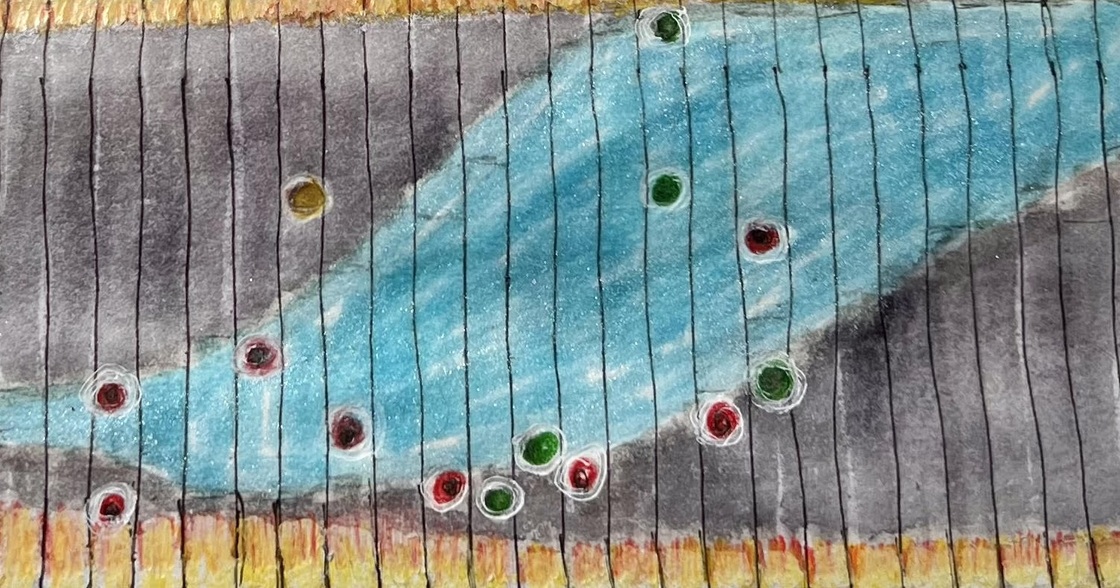Introduction to BirdWeather PUC
Welcome, teachers! We’re thrilled that you and your students are joining the BirdWeather community. The BirdWeather PUC (Personal Use Case) is a powerful tool that helps observe and analyze bird activity right in your backyard or schoolyard. By using the PUC, your students can engage in hands-on learning experiences that combine technology, nature, and data analysis.
Before we dive into the experiments, we encourage you to review our BirdWeather FAQ to get acquainted with the features and functionalities of your PUC. The FAQ covers essential information about setting up the device, understanding detection data, and troubleshooting common issues.
Simple Experiments
-
BirdFeeders and Species Detection
-
Objective: Compare the number of bird species and detections at homes with and without birdfeeders.
-
Procedure:
-
Have some students place birdfeeders in their backyards while others do not.
-
Set up the PUCs in both locations.
-
Record the number of species detected over a week.
-
Compare the results to see if birdfeeders attract more birds and lead to a greater diversity of species.
-
-
-
Time of Day and Bird Activity
-
Objective: Determine the most active times of day for bird activity.
-
Procedure:
-
Set up the PUC to monitor bird activity throughout the day.
-
Record detections at various times: early morning, midday, and late afternoon.
-
Analyze the data to find out when birds are most active.
-
Discuss with the students why certain times might show more activity than others.
-
-
-
Weather Conditions and Bird Behavior
-
Objective: Investigate how different weather conditions affect bird activity.
-
Procedure:
-
Use the PUC to monitor bird detections on days with varying weather conditions: sunny, rainy, windy, etc.
-
Record the number of detections and species observed under each condition.
-
Compare the results to see if birds are more active during certain weather conditions.
-
Relate these findings to what is known about bird behavior during different weather patterns.
-
-
-
Urban vs. Rural Bird Activity
-
Objective: Compare bird species and activity levels in urban versus rural settings.
-
Procedure:
-
Deploy PUCs in different environments—one in an urban area and another in a rural area.
-
Record the species detected and their frequency of detection over a period of time.
-
Analyze the differences in bird activity and species diversity between the two environments.
-
Discuss with students why these differences might exist.
-
-
-
Birdsong Analysis
-
Objective: Identify different bird species based on their songs and analyze the frequency of certain calls.
-
Procedure:
-
Use the PUC to record bird songs over a few days.
-
Compare the audio detections to identify different species.
-
Have students listen to the recordings and try to match them with known bird calls.
-
Discuss the importance of birdsong in identifying species and understanding bird behavior.
-
-
Conclusion
These experiments are designed to be easy to implement and offer valuable learning opportunities for your students. They encourage observation, data collection, and critical thinking, all while fostering a deeper appreciation for the natural world. By using the BirdWeather PUC, students can become citizen scientists, contributing to our understanding of bird behavior and biodiversity.
We’re excited to see what discoveries you and your students will make! Don’t forget to share your findings with the BirdWeather community.

